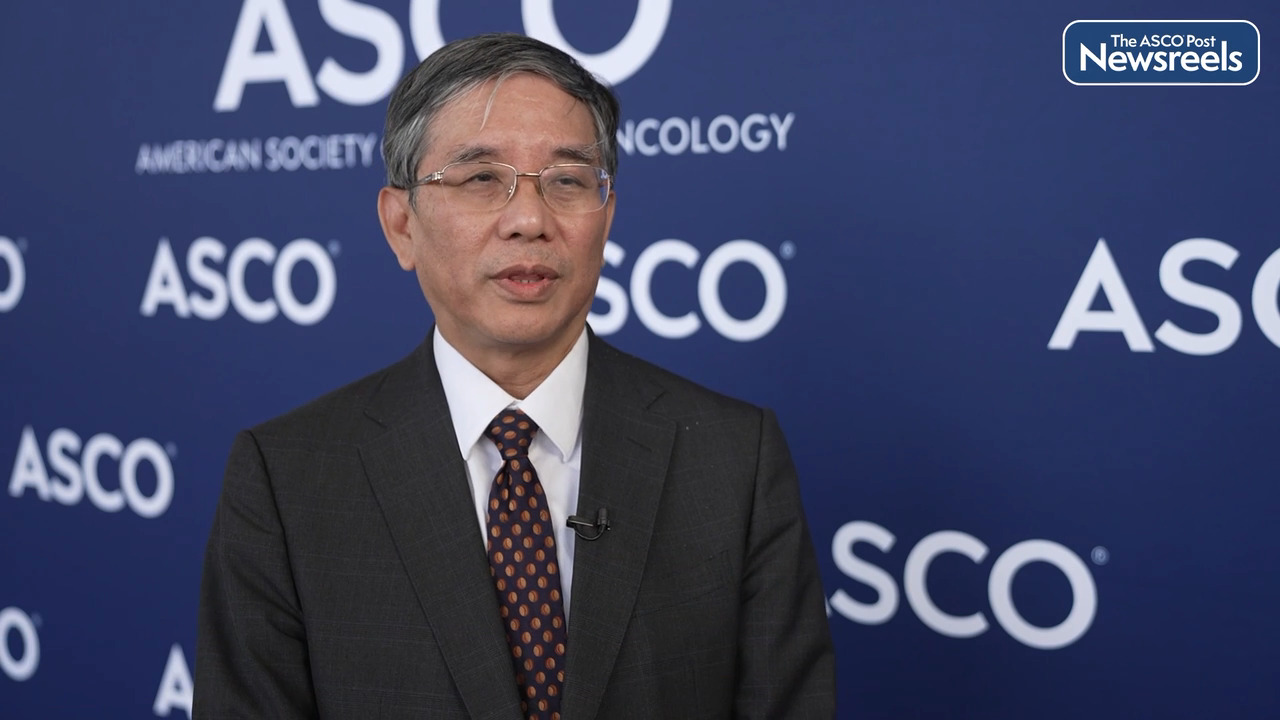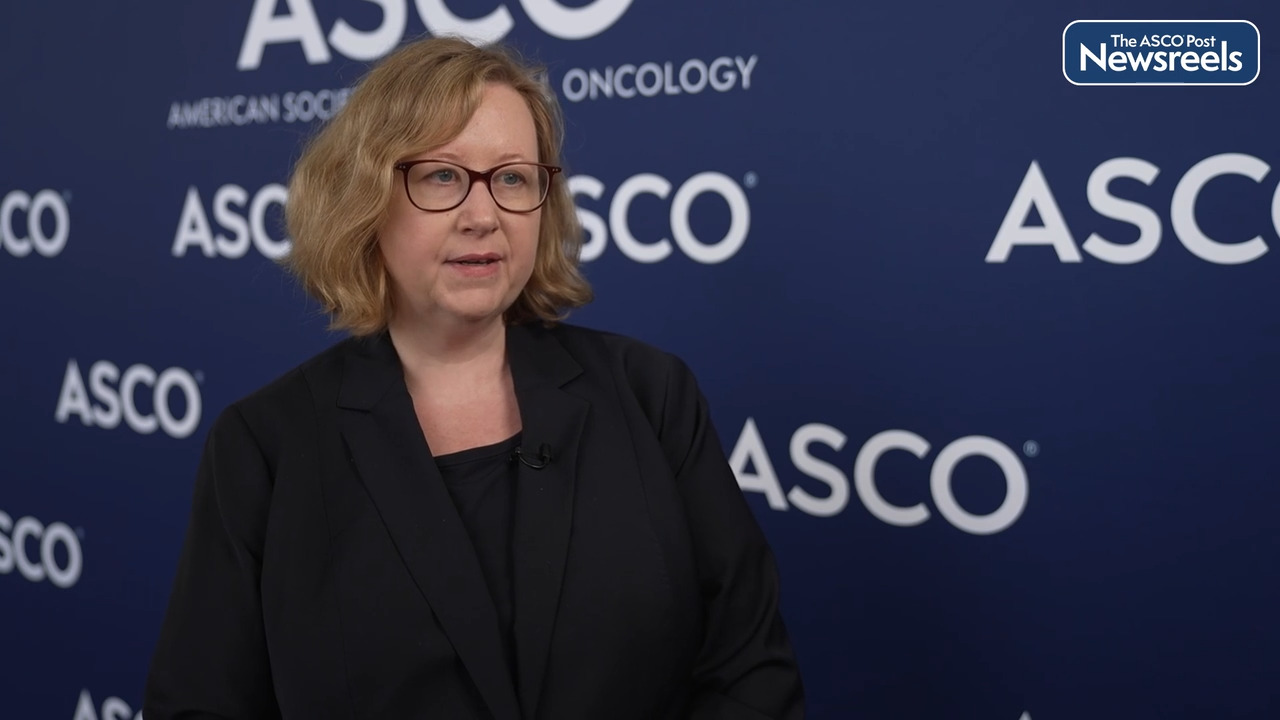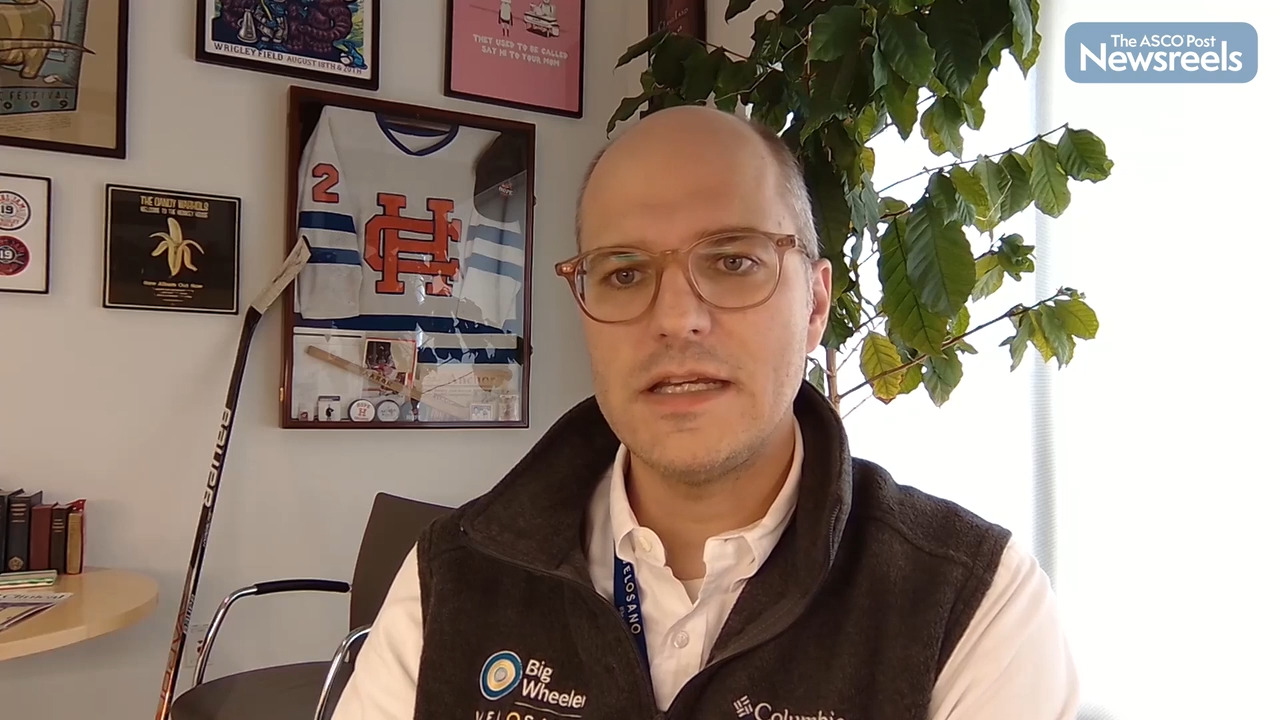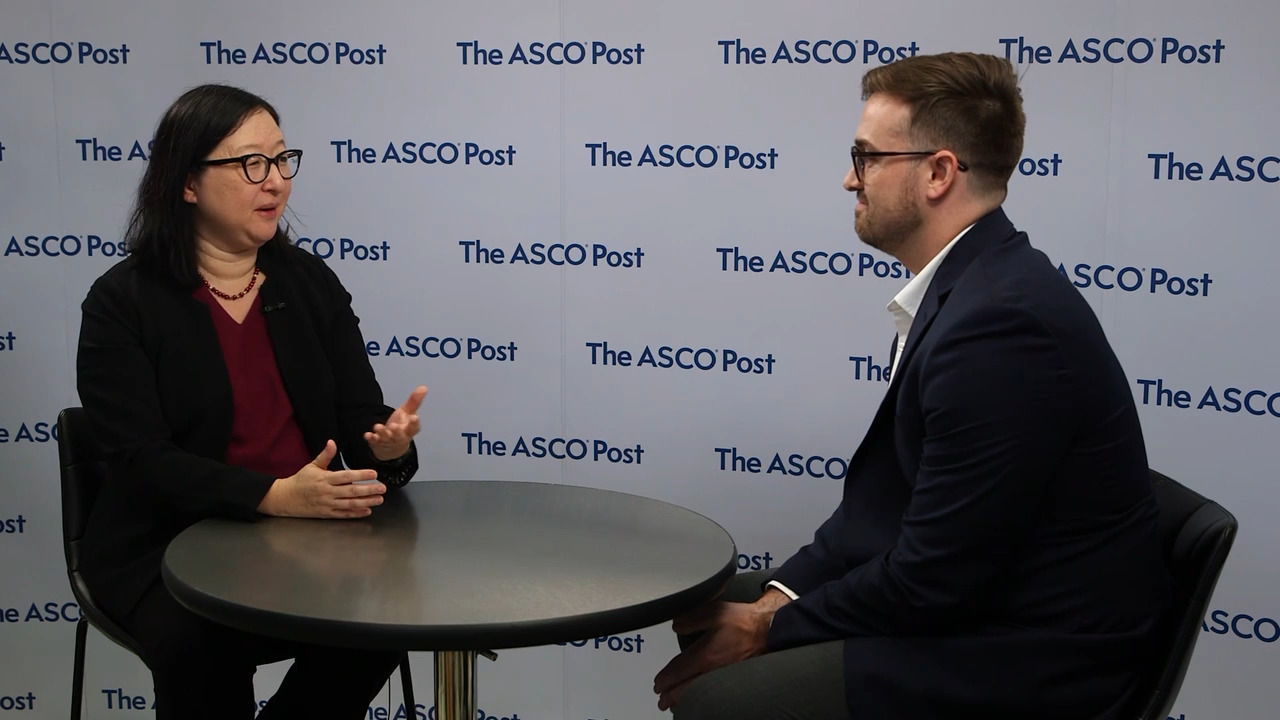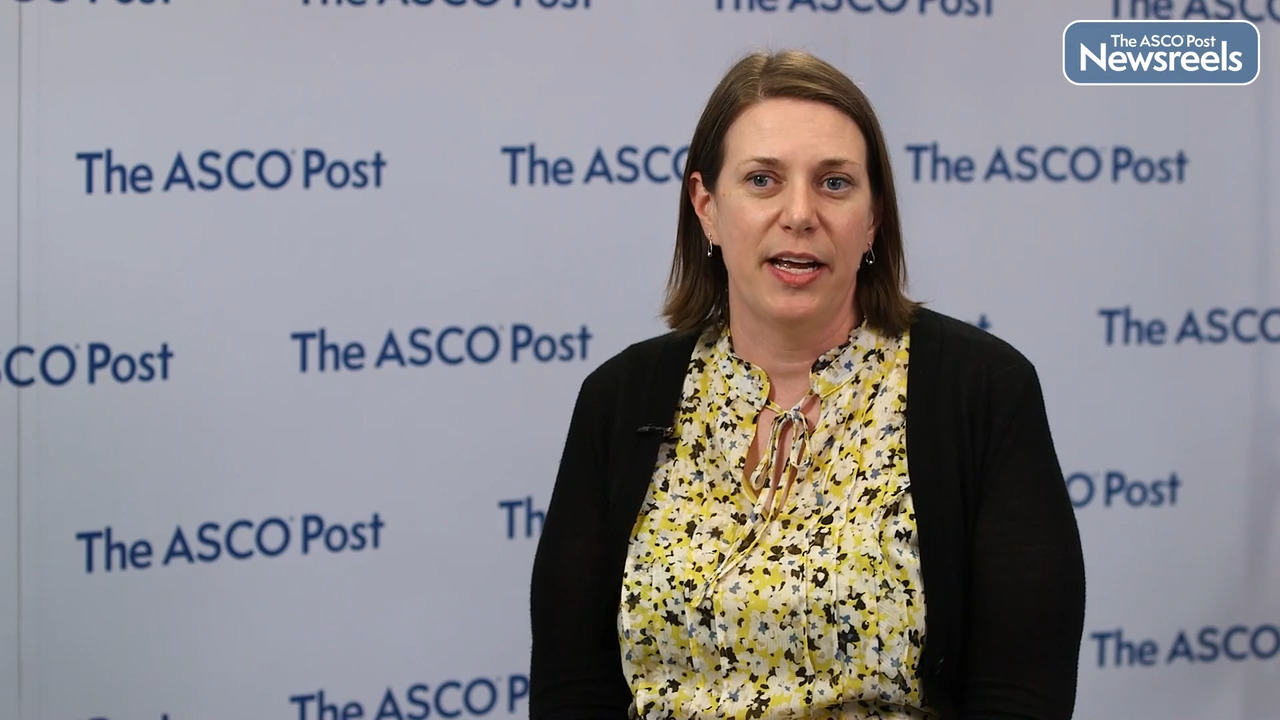Transcript
Disclaimer: This video transcript has not been proofread or edited and may contain errors.
Trastuzumab deruxtecan, or T-DXd, is a potent HER2-directed antibody-drug conjugate. It is already standard of care for patients with HER2-low as well as HER2-high expressing breast cancers, with HER2-positive gastric cancer, as well as HER2-mutant lung cancer. However, we already know that HER2 is expressed across a variety of tumor types. In this patient population, there's unmet clinical needs since there's no HER2-targeted therapies approved.
In the T-DXd early studies, we saw activity across a variety of tumor types, including salivary tumors, endometrial cancer, and biliary cancer. Therefore, we did a phase II clinical trial looking at the activity of T-DXd across tumor types. We enrolled patients with advanced diseases, looking at patients that had immunochemistry of 2+ or 3+, either with a local test or with a central test. If patients had local testing, we also looked back retrospectively with central testing. We enrolled patients across a variety of tumor types, including specific cohorts for biliary cancer, endometrial cancer, cervical cancer, ovarian cancer, bladder cancer, but also had another tumor cohort that allowed for a variety of tumor types excluding these diseases, but also excluding breast cancer, gastric cancer, colon cancer, and lung cancer.
The objective response rate by investigator assessment was the primary endpoint of this study. The study demonstrated that in the 276 patients enrolled overall, the objective response rate by investigator assessment was 37%. Looking across the board, we saw that this duration of response in this patient population was 11.8 months. When we looked across tumors types, we saw activity across a variety of tumor types with really high objective response rates, especially in gynecological tumors, greater in the 40% to greater than 50% rate. We also saw meaningful clinical activity in the biliary cancer and bladder cancer cohort, as well as the other tumor bucket.
The one tumor type we had where we have less activity was in pancreatic cancer, where we had one objective response rate in the 25 patients enrolled in that study in the study, and 3 objective responses by central review objective responses for a 12% objective response rate. We also had a 68% stable response rate in the overall pancreatic cancer cohort. We also looked at the responses by immunochemistry based on central assessment. So although, overall, the objective response rate was 37%, when we looked at those patients that immunochemistry confirming 3+ expression, we saw that the objective response rate was 61%. Of those that were 2+ on central assessment, objective response rate was 27%. Looking across tumor types, we saw that many of the tumor types had a greater than 50% objective response rate with if the IHC was 3+. Notably, in pancreas where our activity was less, we only had two patients that were IHC 3+.
Importantly, the duration of response overall was 11.8 months. Of those patients where the IHC was 3+, the duration of response was 22.1 months. In the study, we saw that the safety was very similar with T-DXd studies previously reported, with the adverse events most commonly being nausea, vomiting, neutropenia, anemia. Further, we assessed the interstitial lung disease rate and that was 7.5% overall, most were grade 1, grade 2, however, we did have one ILD related death.
Cumulatively, looking at the data, the results are really very compelling. We saw that there was activity across a variety of tumor types. Objective response rate overall was 37% and the objective response rate in IHC 3+ patients was 61%. The duration of response was especially remarkable in a heavily pretreated population. It was 11.8 months in the overall population in 22.1 months in the 3+ population. These are interim results and we'll be reporting overall survival and progression-free survival at a later date. But, data to date suggests that T-DXd is active across a variety of tumor types and may represent a new treatment option for patients that are HER2-expressing.
